Artist in Residence: peek inside the studio of X-Men ‘97 animator Jerry Gaylord
A lifelong comic fan turned full-time animation pro shows off his creative space.

After getting his first shot at storyboarding on Disney XD’s Ultimate Spider-Man, Jerry Gaylord moved to Los Angeles to start a full-time career in animation. He’s worked with Warner Bros. Animation, Blizzard Entertainment and Marvel Studios on the Disney+ series X-Men ‘97, What If…? and Eyes of Wakanda.
Below, via our sister magazine ImagineFX, Jerry takes us into his studio, revealing the best drawing tablet he's chosen as well as how wall-to-wall comic, film and video game memorabilia help inspire his work. Read on, but also visit Jerry on his Instagram for more inspiration.
Inside the artist's studio
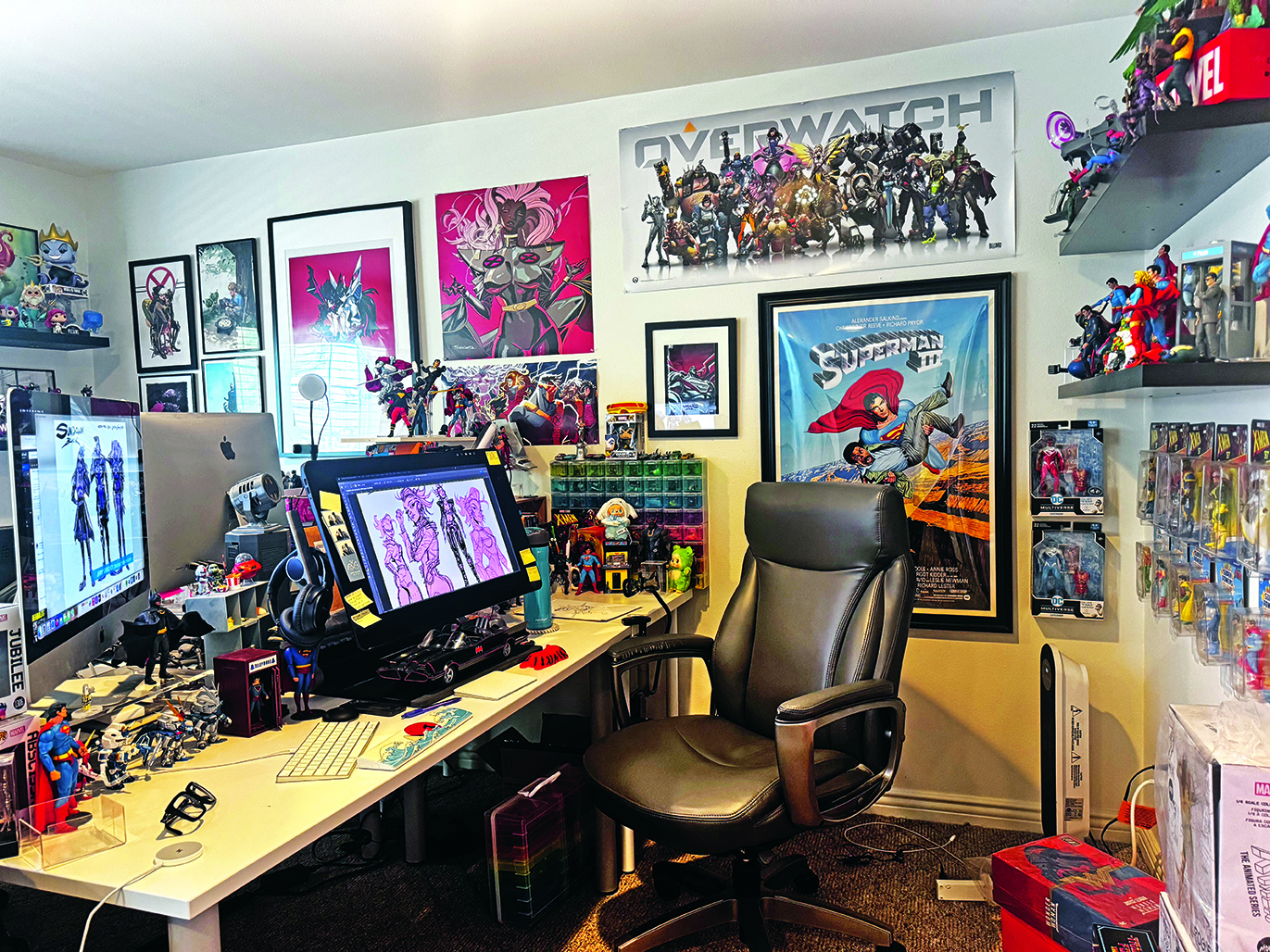
Clockwise left to right: My 1/12 scale working Bat-Signal. It looks awesome next to my Batman figures. An Overwatch poster that I got from my time at Blizzard. This poster was in my cube when I worked in the office. It was also very handy as a reminder of all the characters' designs while I worked on storyboards.
A vintage Superman III theatrical poster. I absolutely love Superman and I watched this movie a million times as a kid! The poster itself was a great birthday present from my amazing wife, Penelope.
My carded collection of the McFarlane Super Powers action figures, featuring Superman, Batman, Robin, Aquaman and Wonder Woman.
A MINISO plushie. I don’t remember the exact branding, but my wife and I thought it was cute! I love working on my Wacom Cintiq Pro 24 – I’m super comfortable creating on it. Here’s my 27-inch iMac, which runs just fine with a 3GHz processor.
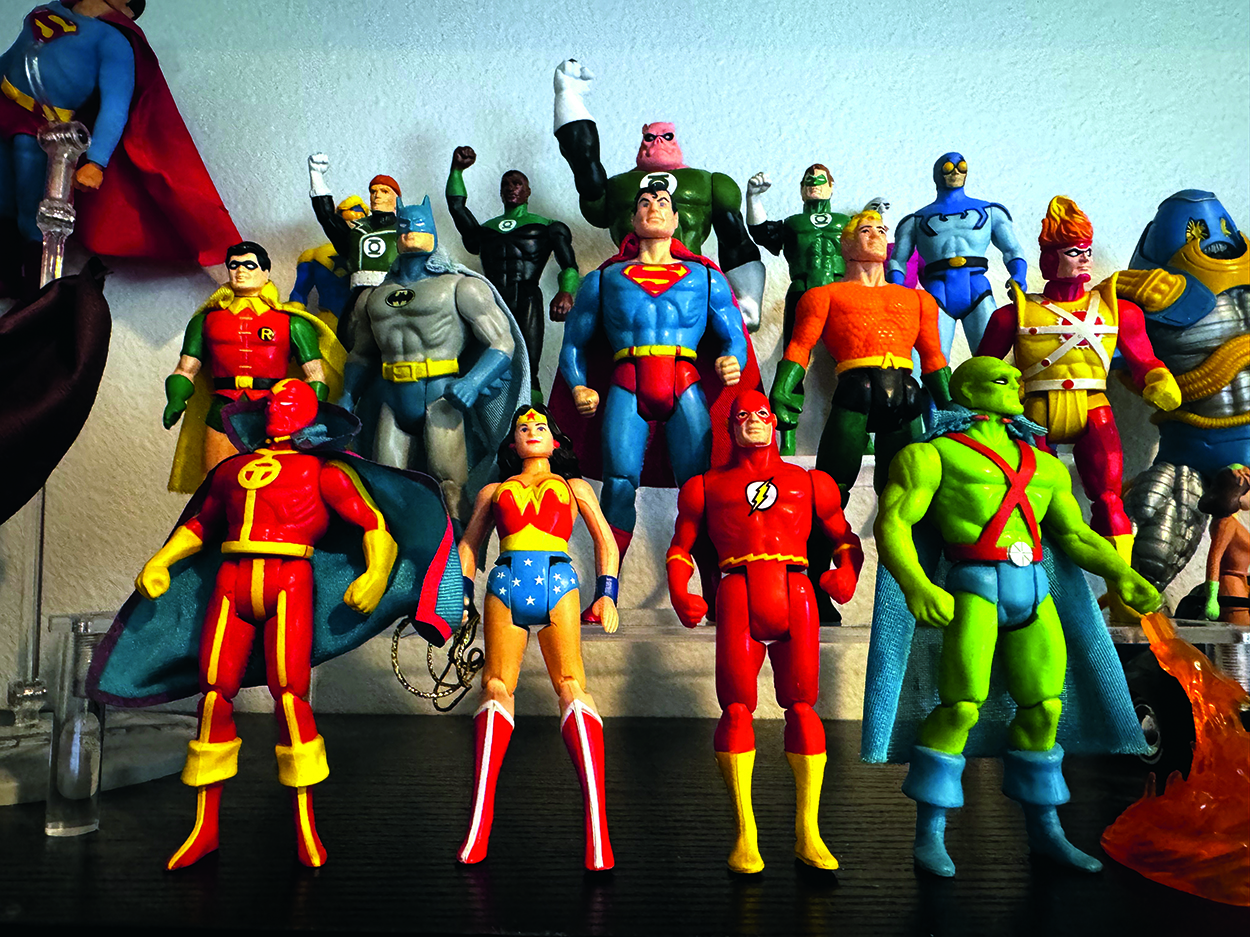
My workspace is pretty straightforward. I have a home studio that
I share with my wife Penelope Gaylord. We have a modest library of art books and comics, two couches, a big-screen TV, video games, posters, and fun comics and anime-related memorabilia all around us.
Daily design news, reviews, how-tos and more, as picked by the editors.
Our desks face each other so we can easily talk back and forth as we work. I use a 27-inch iMac and I draw on a Wacom Cintiq Pro 24. I rotate lots of toys and action figures on my desk to keep me inspired. They can be a helpful distraction when I need to change gears creatively, too. I also use them as a reference for tough angles and gestures. I’m a huge fan of so many IPs [intellectual properties], and the figures also serve as a reminder of why I pursued a career
in comics and animation.
You’ll find a ton of Superman art all around our studio space. Superman is really the thing that inspired me to pursue art as a kid. I have tons of Superman statues, toys and comics everywhere. I’m also a pretty big Marvel fan and there are plenty of Marvel goodies in our space as well. Having the opportunity to work for both Marvel (X-Men ‘97, Eyes of Wakanda) and DC (Clark & Lex, along with various comic covers) has been a dream come true.
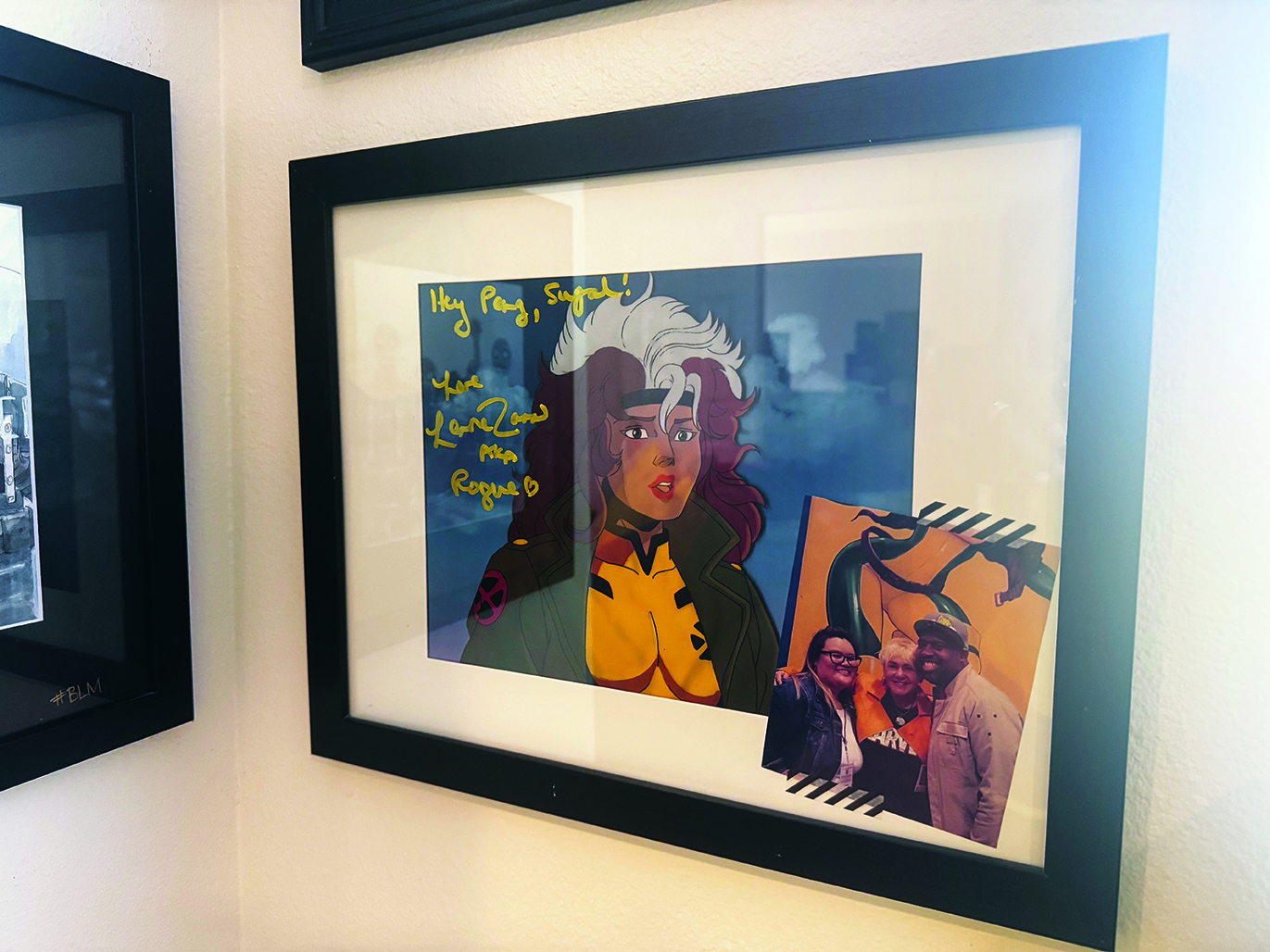


Putting in the hours
Generally, my day starts around 9.30am. I hop out of bed and into any early meetings I may have with clients or studio productions. Then I’ll head out to my local coffee shop to pick up drinks and a muffin to start the day.
Once I’m back home, I’ll dive into a quick warm-up sketch and then get to work. I’ll do eight hours of studio work, minus an hour or so for lunch and a half hour for a quick walk. I’ll have a few hours’ break for dinner and some TV, and then go back to work for a couple of hours at my desk.
I normally use this time for working on comics. Finally, I’ll switch to my laptop and Wacom Studio Pro, and work from my bedroom for an hour or two before I call it a night.
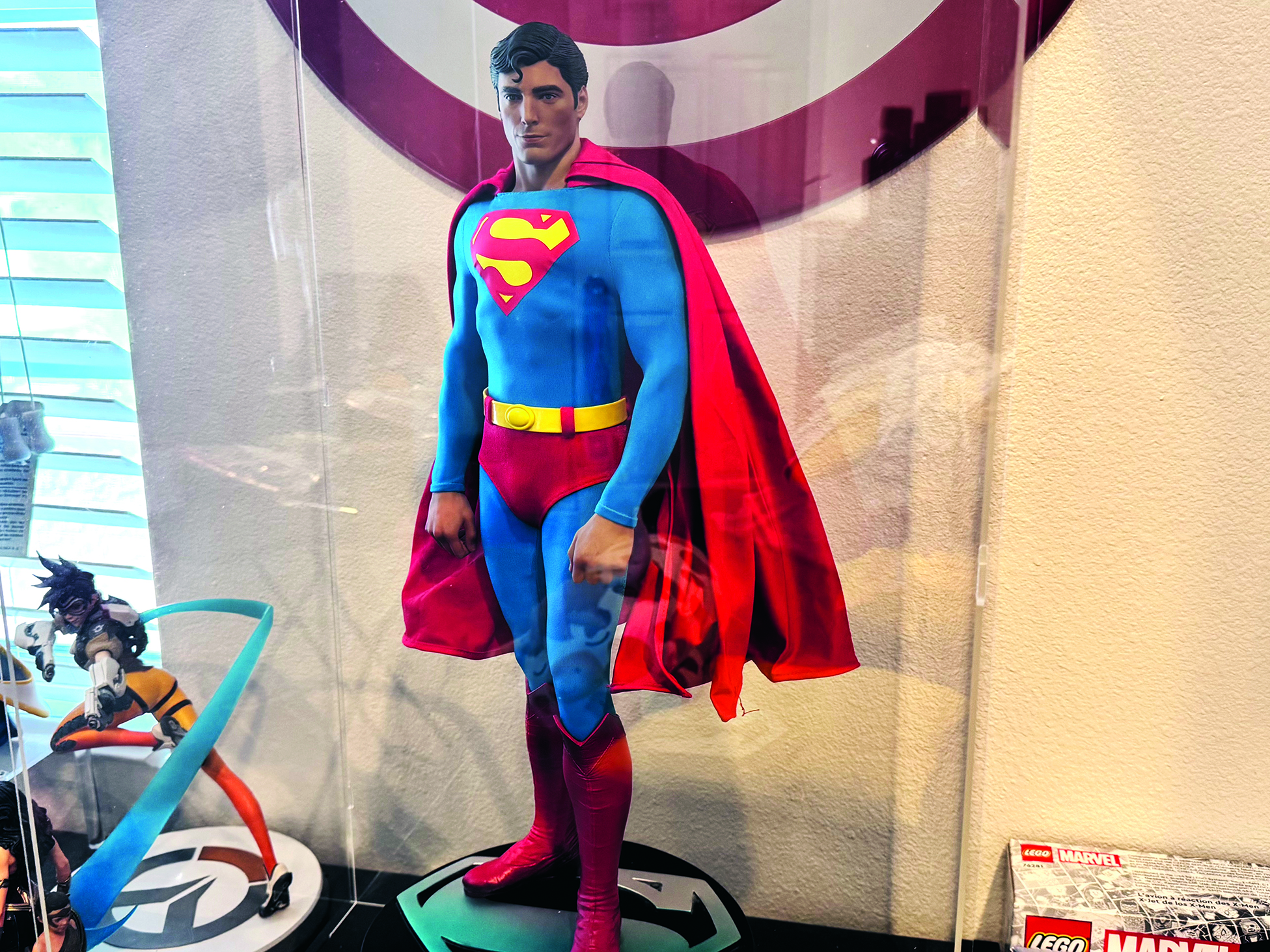
The most important thing I’ve learned is to make sure the job doesn’t consume your entire life. When you work from home doing a thing you love, it’s very easy to let assignments take over everything you do.
Many times now, I’ve fallen into the trap of overworking myself 20 hours a day for weeks at a time. That kind of grind has put me in the hospital on a couple of occasions. Finding a balance and making time for family and exercise is as important as the work itself.
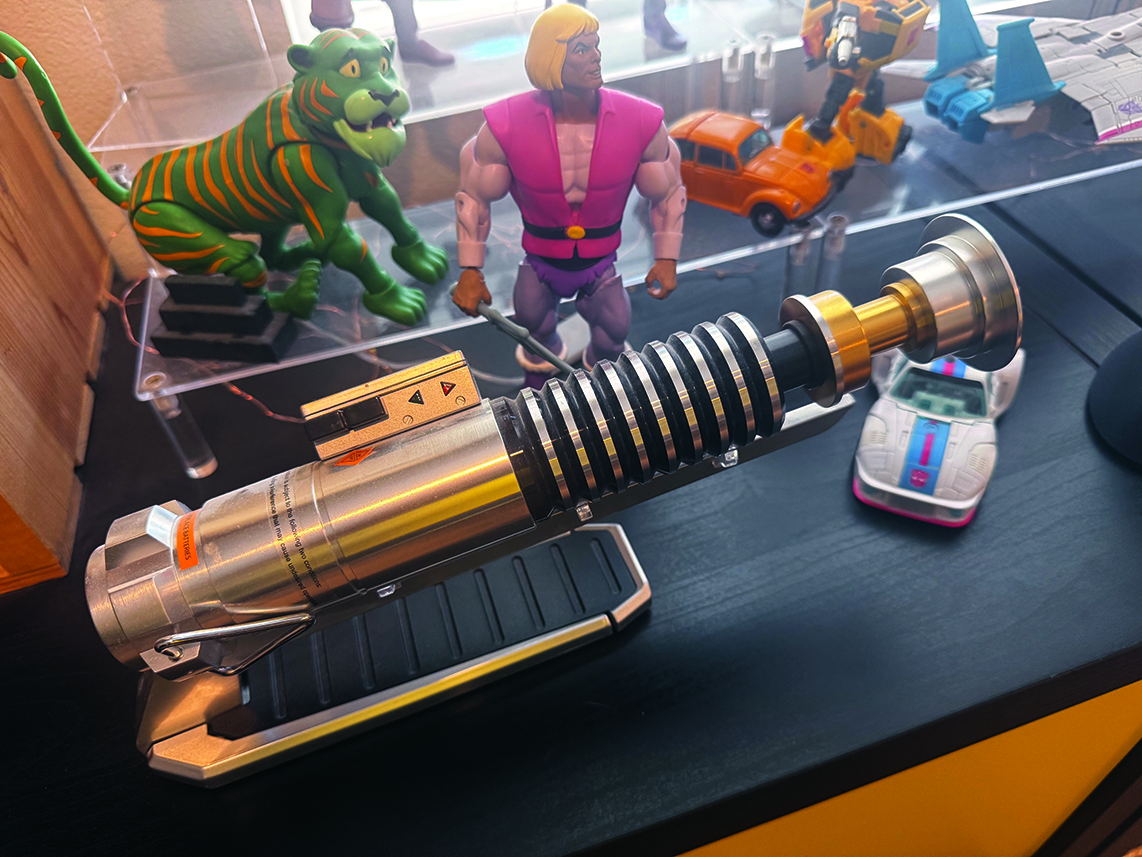
If Jerry’s studio and professional practice have sparked ideas for your own workspace, it might be time to refresh your kit. Explore our guides to the best digital art software and the top laptops for drawing. And for long sessions, check out our recommendations for the best chairs for back pain.
This content originally appeared in ImagineFX magazine, the world's leading digital art and fantasy art magazine. ImagineFX is on sale in the UK, Europe, United States, Canada, Australia and more. Limited numbers of ImagineFX print editions are available for delivery from our online store (the shipping costs are included in all prices). Alternatively, you can access us instantly through our digital options:

Ian Dean is Editor, Digital Arts & 3D at Creative Bloq, and the former editor of many leading magazines. These titles included ImagineFX, 3D World and video game titles Play and Official PlayStation Magazine. Ian launched Xbox magazine X360 and edited PlayStation World. For Creative Bloq, Ian combines his experiences to bring the latest news on digital art, VFX and video games and tech, and in his spare time he doodles in Procreate, ArtRage, and Rebelle while finding time to play Xbox and PS5.
You must confirm your public display name before commenting
Please logout and then login again, you will then be prompted to enter your display name.
